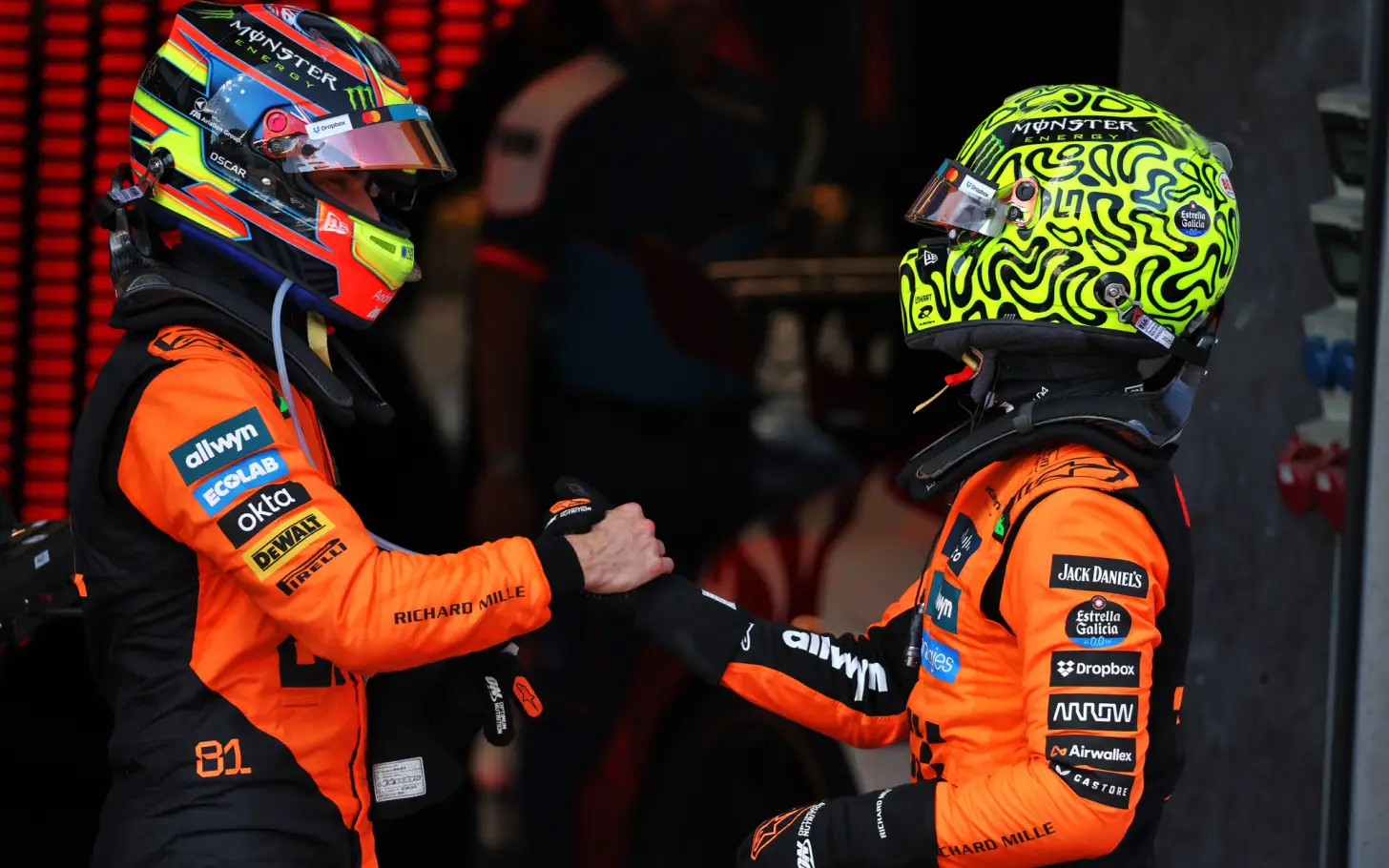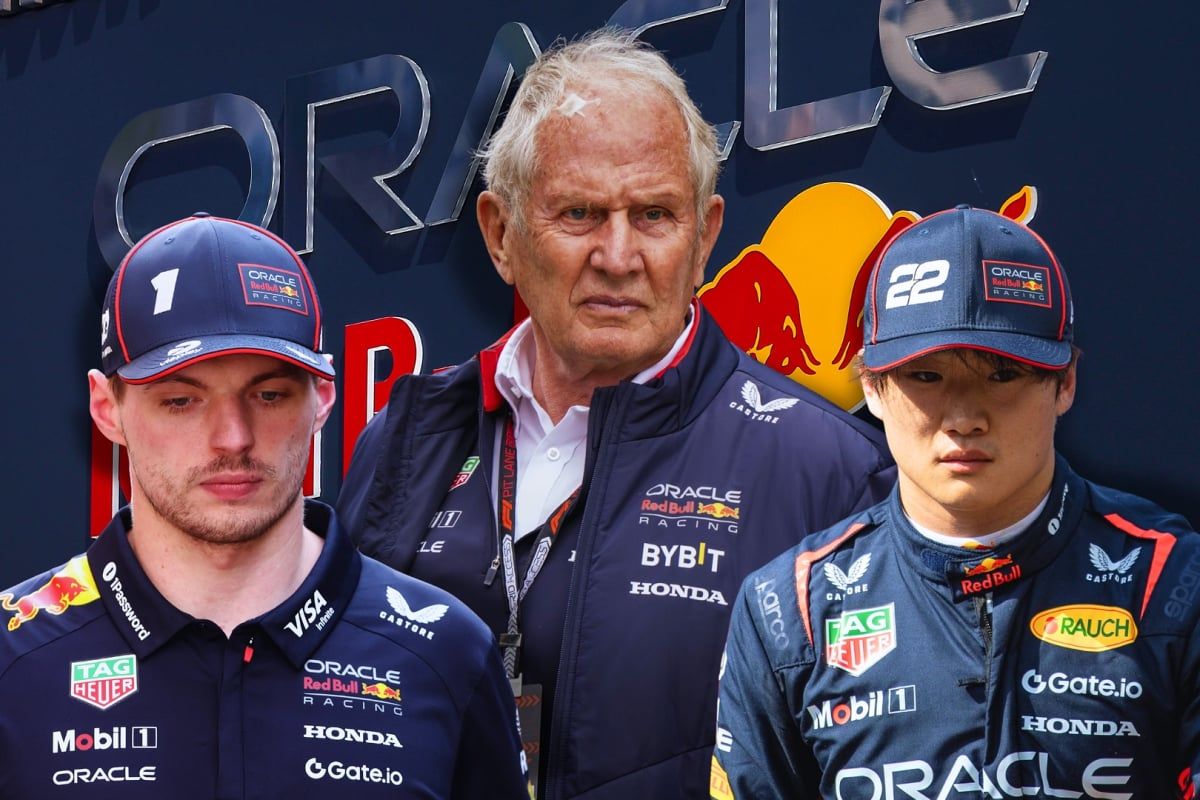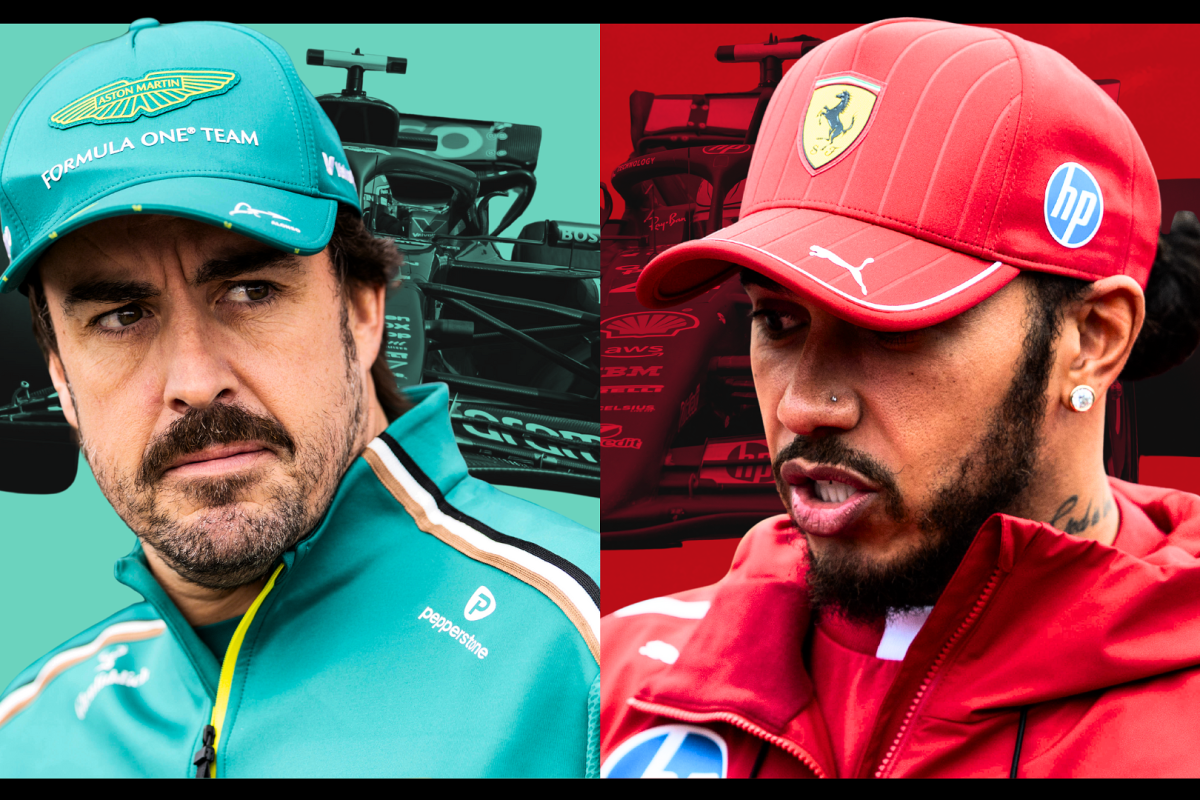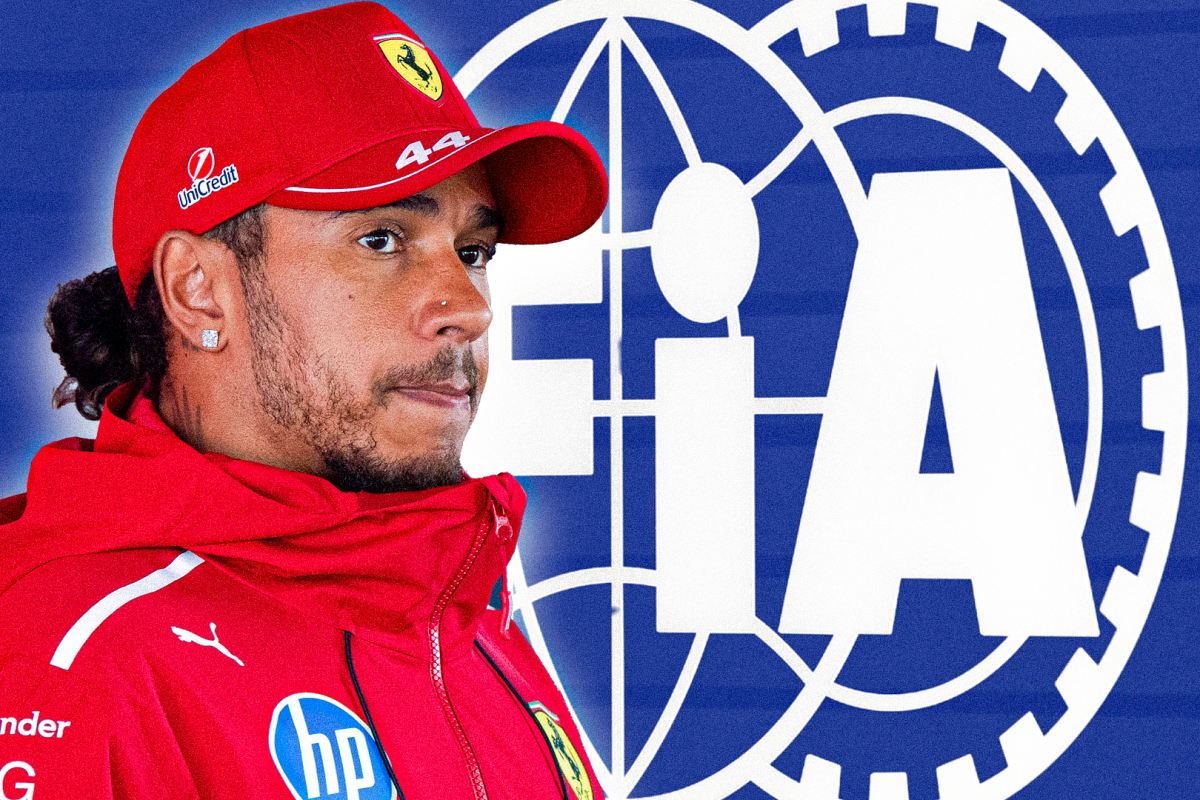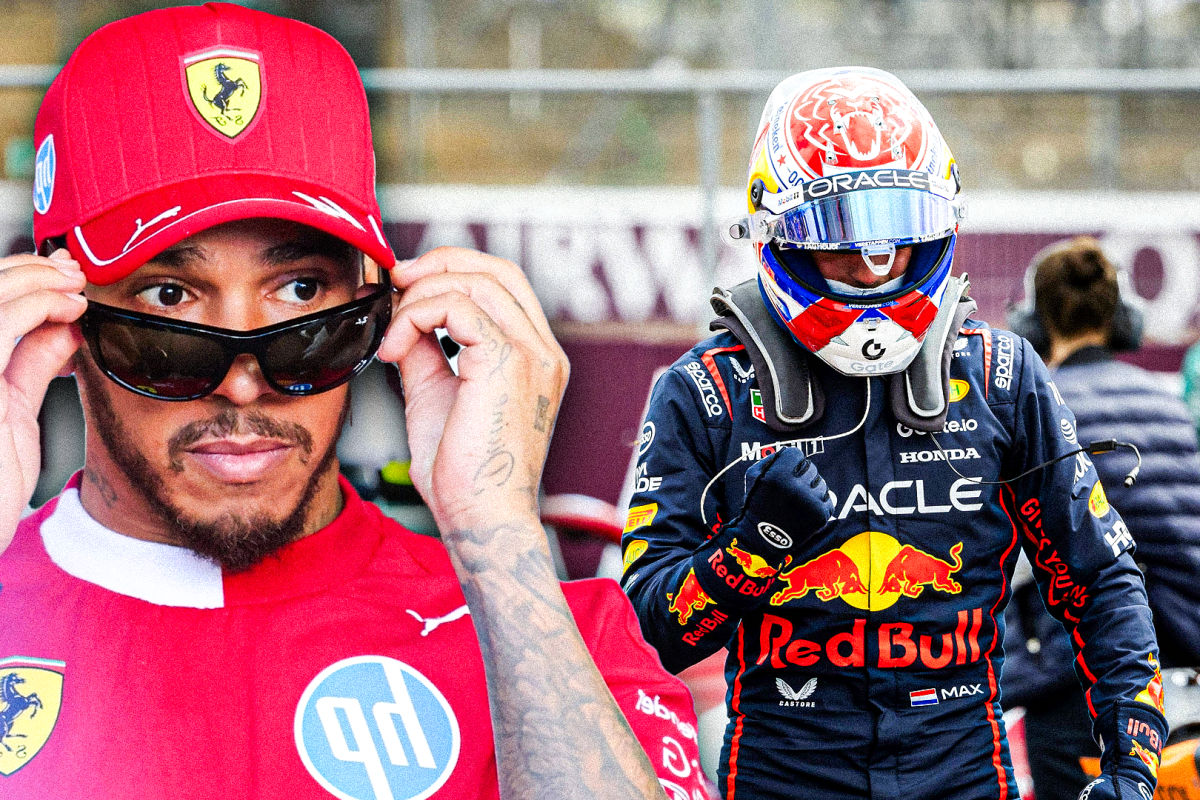McLaren braced for Oscar Piastri-Lando Norris nightmare as title f… read more
McLaren, already navigating the treacherous waters of a highly competitive Formula 1 season, now faces a looming potential crisis: the escalating risk of collisions between its two young, talented drivers, Oscar Piastri and Lando Norris. The intensifying title fight, a battle not just for race wins but for the overall championship standings, is exacerbating the inherent tension within the team, creating a palpable atmosphere of apprehension and a growing fear of a self-inflicted wound. While both drivers possess exceptional talent, their aggressive styles, coupled with the pressure of the season, are setting the stage for a potentially damaging series of incidents.
The situation isn’t simply a matter of occasional racing incidents; it’s a calculated risk, a precarious dance on the edge of disaster. The escalating pressure from the tightly contested championship, the ever-present need to perform at their peak, and the fierce competition in the field are all contributing factors to the increasing likelihood of collisions. Norris and Piastri, while possessing the speed and skill to contend for victories, are also prone to those impulsive, aggressive maneuvers that are so often seen in close races, especially with the high stakes of this particular season.
The whispers within the paddock are growing louder, fueled by the tense moments during practice sessions and qualifying, moments when the drivers, while not outright colliding, have come dangerously close, creating ripples of anxiety among the team personnel. The fear is not just for the physical damage to the cars, crucial resources in a tight racing environment, but for the psychological impact on the drivers, and the damage to the team’s already fragile reputation. The team’s history is intertwined with moments of controversy, and this current atmosphere of near-misses is not a positive development.
A key factor in this potential nightmare scenario is the intense rivalry that underpins the tension. While professional and focused during races, the underlying competitiveness between the two drivers is undeniable. This competitive spirit, although necessary for success, can easily escalate into recklessness when the pressure builds. The fight for not just individual glory, but for the very survival of McLaren’s hopes for a significant championship push, is undeniable. The stakes are incredibly high, not just for the drivers, but for the entire team’s future.
The team, undoubtedly aware of the potential dangers, is likely implementing rigorous strategies and contingency plans. These plans likely encompass meticulous driver briefings, focused on maintaining composure under pressure, emphasizing the importance of maintaining a calculated approach to passing maneuvers, and recognizing the subtle signs of escalating tension. The strategic positioning of the pit crew, along with the team’s communication protocols, are also crucial elements in managing these situations, ensuring minimal disruption to the race strategy. Furthermore, post-race debriefings and analysis of individual driving styles are almost certainly part of McLaren’s proactive approach to managing this potential issue.
Experts and commentators are divided on whether this escalating tension is a mere byproduct of a high-pressure season, or a reflection of deeper, more structural issues within the team. Some argue that the competition for resources and the emphasis on individual performance are inherently creating conflicts. Others maintain that the team is well-equipped to manage these situations, and that the current tensions are simply a natural consequence of the intense competition. The reality, however, is likely more nuanced, a complex interplay of both factors.
The need for meticulous car preparation and strategic planning is also paramount. The team needs to ensure that both cars are optimized for speed and maneuverability, giving each driver the best possible chance to succeed without compromising safety. This includes meticulous checks of all critical components, precise adjustments to aerodynamic profiles, and the use of sophisticated data analysis to identify potential weaknesses in the car’s performance.
The outcome of this increasingly tense situation will be crucial for McLaren’s future. A series of collisions, however unfortunate, could significantly damage the team’s reputation and their efforts to maintain a competitive position within the Formula 1 grid. It could also jeopardize the individual careers of both drivers, impacting their future prospects and partnerships. The question isn’t just about the next race or the next Grand Prix; it’s about the broader implications for McLaren’s overall future. This isn’t simply a race; it’s a calculated risk that requires meticulous management and a constant vigilance against the potential for disaster. The pressure is mounting, and McLaren is bracing for a potential nightmare scenario, a potential self-inflicted wound.
